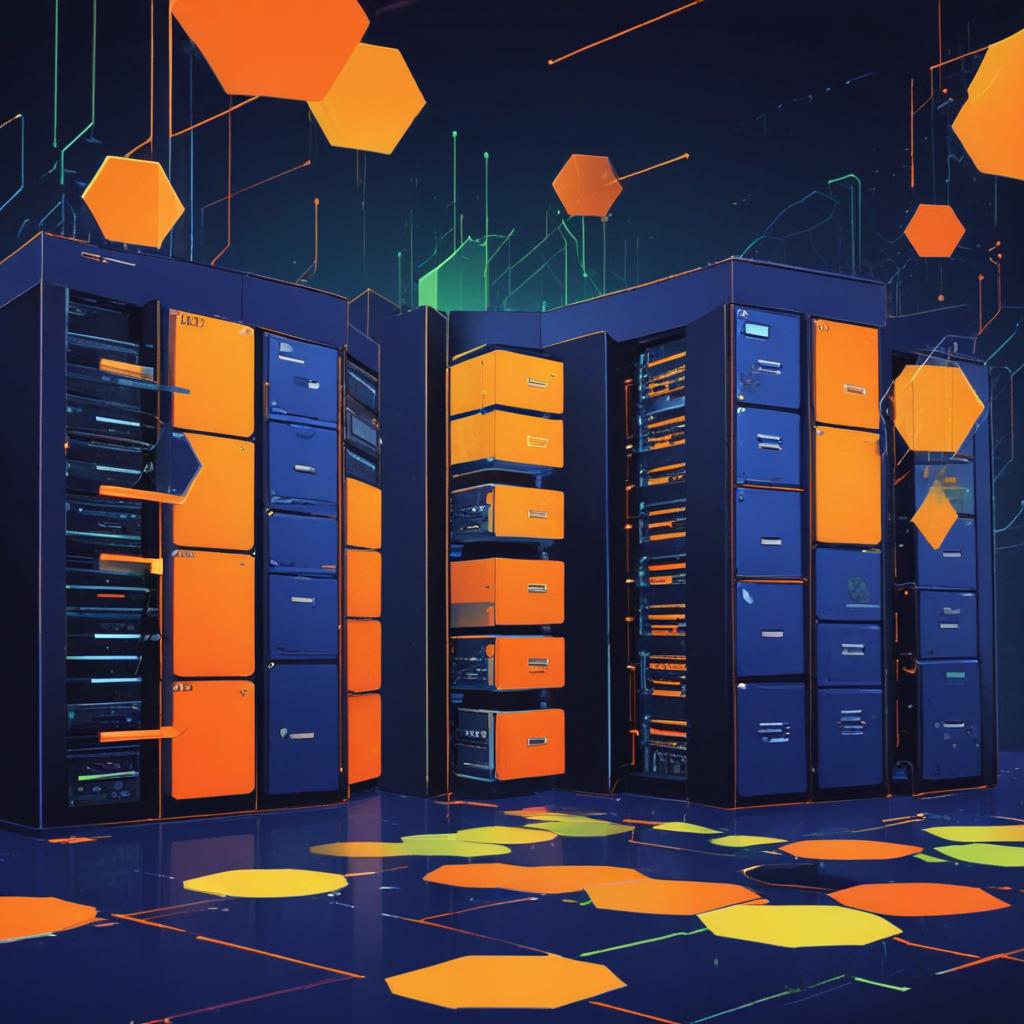Growth of NAS Storage Devices: Evaluating Current Trends and Future Implications

The global NAS storage device market is on a clear upward trajectory, with projections indicating growth to a staggering USD 22.5 billion by 2031, as reported by Market Research Intellect. This trend stems from a booming demand for centralized data storage solutions driven by businesses across various sectors. In fact, the market is expected to hit USD 12.2 billion in 2024, illustrating a compound annual growth rate (CAGR) of 8.7% from 2025 onward.
Key factors fueling this growth include:
- Increasing data volumes necessitating efficient storage options.
- Integration of cloud services and advancements in storage technologies.
- Expanding applications across diverse industries such as healthcare, automotive, and telecommunications.
With NAS devices, companies achieve high performance, reliability, and management simplicity. This makes them indispensable for businesses of all sizes seeking data backup, disaster recovery, and collaborative workflows. Yet, as impressive as these forecasts are, critical examination of the data reveals more than meets the eye.
While the statistics reflect rapid market growth, several assumptions underlie these projections:
- The presumption that technological advancements will proceed without significant hurdles is overly optimistic. Factors such as cybersecurity threats and regulatory changes might impact future growth.
- The market's reliance on continuous innovation may not account for potential market saturation or shifts in consumer preferences toward alternative storage solutions.
- Government policies could both help and hinder this expansion; an unstable political climate might challenge predicted growth rates, particularly in emerging economies.
Moreover, while companies like Synology, QNAP, and Netgear lead the competitive landscape, their differentiation strategies will determine sustainability in this rapidly evolving market. The question arises: can smaller players innovate fast enough to keep pace? That’s a crucial point as many market projections lack sufficient detail on competitive dynamics and consumer adoption rates.
In addition, regional analyses offer a fascinating perspective. North America and Asia-Pacific dominate in market size, yet Europe’s emphasis on sustainability introduces an alternative narrative. European countries emphasize eco-friendly technology, potentially steering demand in a different direction than the North American focus on technological innovation. As sustainability becomes a priority for consumers and businesses alike, how might this reshape market strategies and product offerings?
Long-term implications present another layer of complexity. The escalating interest in digital transformation often appears interchangeable with the growth of NAS solutions. However, what if the rise in alternative data solutions like decentralized storage, blockchain technology, or other cloud-based systems diverted attention away from traditional NAS offerings? It's vital to keep an open dialogue about where the future of data storage is heading.
In summary, while the NAS storage device market appears robust now, the pathway is peppered with questions about sustainability and technological evolution. Embracing diverse and adaptive strategies will be essential for players in the market to capitalize on opportunities while navigating challenges.
At DiskInternals, our extensive experience developing data recovery software for both virtual and physical environments gives us unique insight into the ramifications of data loss. We understand the importance of effective storage solutions and actively help users avoid the pitfalls of data mismanagement.